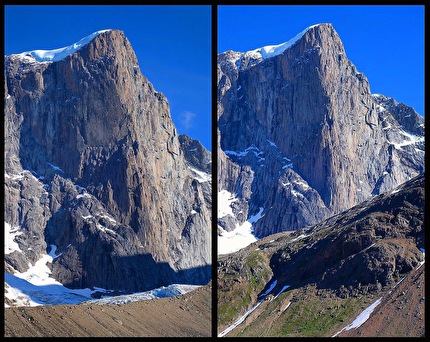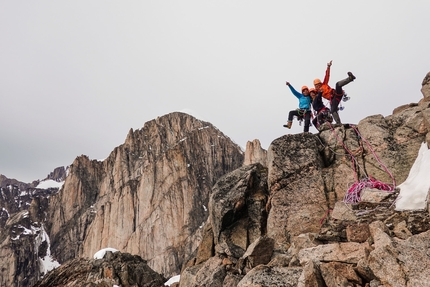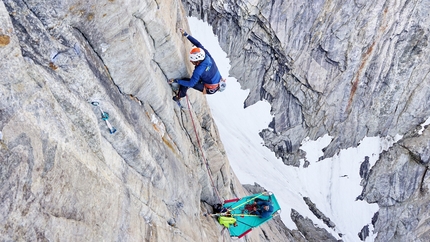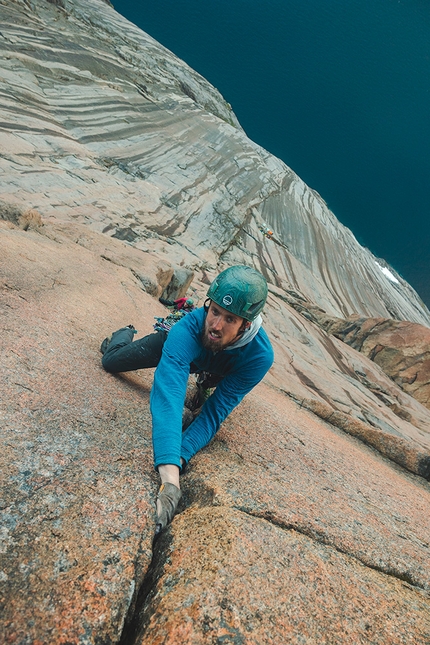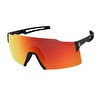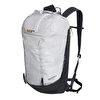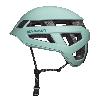Odissea Borealis, the new Greenland big wall by Matteo Della Bordella, Alex Gammeter, Silvan Schüpbach, Symon Welfringer
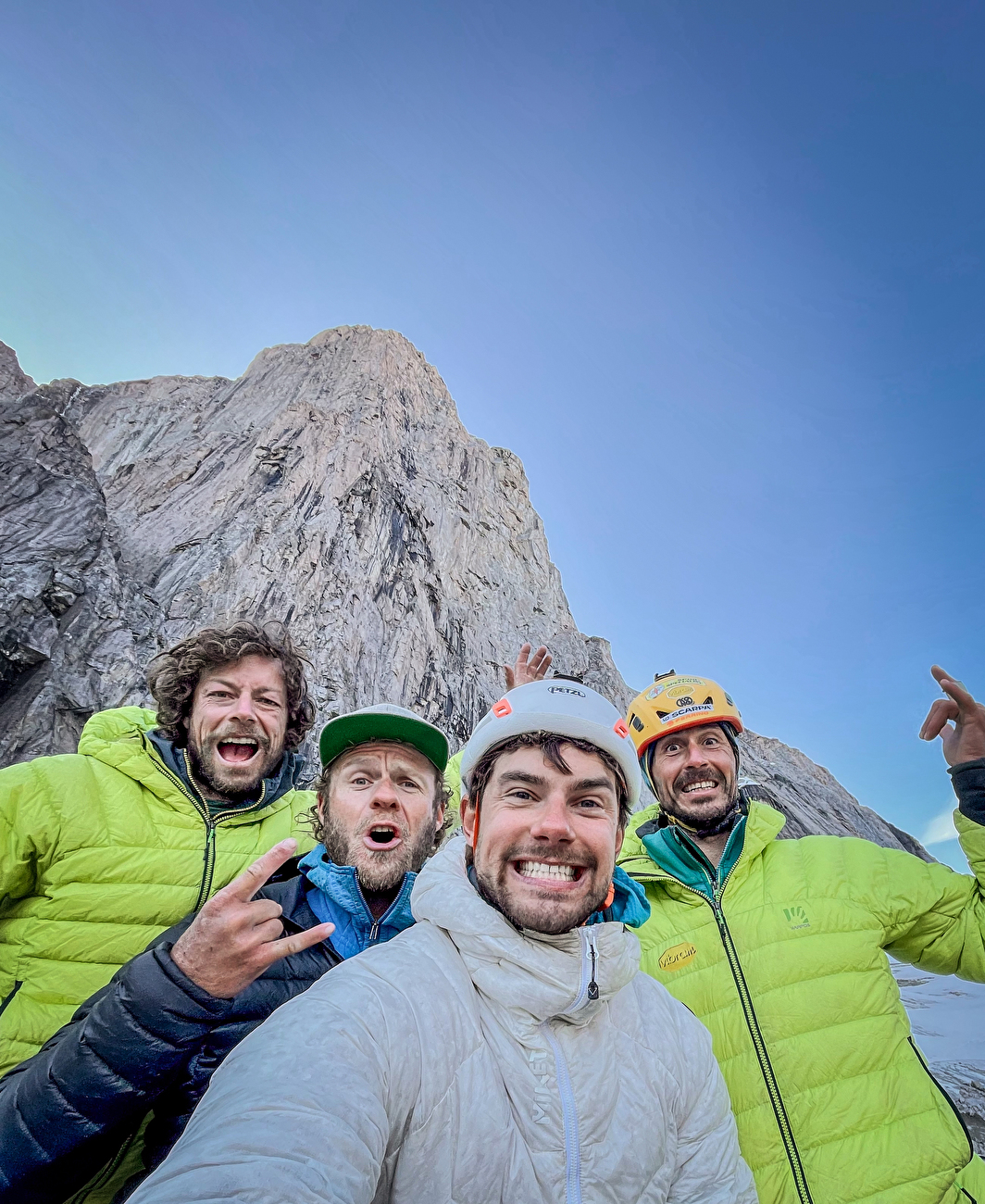
 1 / 12
1 / 12 Symon Welfringer archive
Symon Welfringer archive
Italian mountaineer Matteo Della Bordella has recently returned home from his successful kayak and climbing trip to Greenland where, with France's Symon Welfringer and Switzerland's Silvan Schüpbach and Alex Gammeter, he established a new big wall up the northwest face of Drøneren.
Kayaking in the ocean
The journey started with a 300km kayak trip from Tasiilaq and, as expected, navigating along the Arctic Ocean proved tricky. The large amount of ice that characterized this season was the first hurdle and, after having postponed the departur by about ten days, the team soon had to deal with the frozen ocean. "On the second day we found ourselves in a fjord, immersed in a sea ofice. We risked getting stuck and really didn't know how to get out. Then on the third day we managed to find a way through the ice floes and continue," explained Della Bordella.
The second problem was related to the bad weather. "I've only seen conditions like those we encountered a couple of times in my life, in Patagonia," explained Della Bordella. "The winds were in the region of 100 kilometers per hour and on some days we were really worried about not making it. In the end we managed to find shelter near an old Viking settlement." Here they 4 alpinists spent about 60 hours waiting for the winds to die down, before being able to continue their march. "We set off again, thinking it was over, but it wasn't. A second storm hit us, this time with waves up to 3 meters in height. It was the most difficult moment of the entire trip. We had to quickly decide what to do: stop or continue. Before setting off on this expedition we had trained carefully and we knew we could handle conditions like these. Of course, we also knew that it was like moving free solo on a wall: if we had fallen into the water, we would never have gotten out again". Once this storm had passed, the ocean calmed down and the four managed to continue their journey to reach the foot of the wall after 10 days of paddling.
The wall
Once they reached the wall and set up base camp, the team evaluated the possible lines of ascent, then they began to prepare for a first approach. "Once again things weren't easy. On the first attempt we turned back due to the rain, ditto on the second attempt. When we decided to try for the third time it started to snow, plastering the wall white, so we didn't even start". The fourth attempt seemed to be the right one, but once again things turned out more complicated than they had planned. "Suddenly we got hit by Piteraq, a un totally unpredictable wind here in Greenland. It was so strong that it caused some rockfall, which cut one of the fixed ropes we'd left insitu from a previous attempt. Symon was climbing on it." Fortunately the Frenchman remained unharmed: "when the rockfall sliced the rope, Symon was still clipped in to some gear."
After the near miss the climbers returned to basecamp. "We thought we we'd have to bail completely, but then on our fifth attempt we finally got lucky." In three days, two for the ascent and one for the descent, the climbers managed to open a new route on the northwest face of Drøneren. 1200 meters, hitherto unclimbed. "A beautiful and aesthetic wall, it's really rare to find something this food. Apart from really psychological 7b pitch on peckers, all the other pitches are very enjoyable." In total they established 35 pitches and during the bivy on the wall they were even treated to the Northern Lights. "The gift of Greenland".
The return
Once back at base camp they packed their bags and began to organise the return trip. Another 300 kilometers awaited them by kayak. "We actually only covered 150 of these, because we ran out of food. Hence the decision to be picked up. In total the expedition lasted 32 days."



 Copia link
Copia link

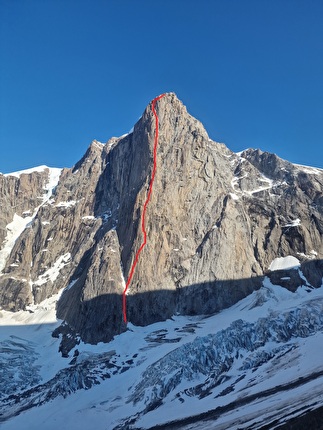
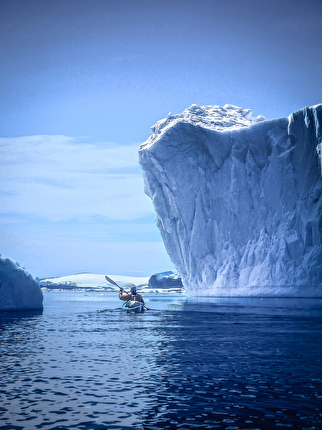
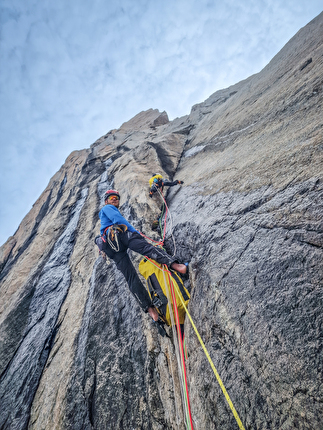
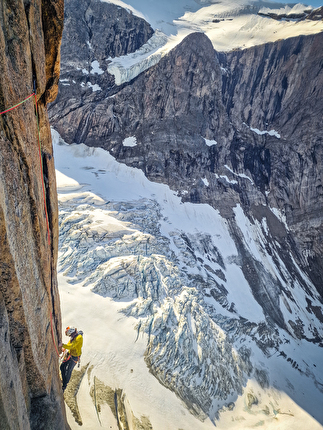
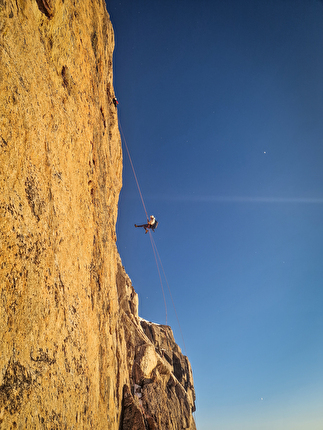
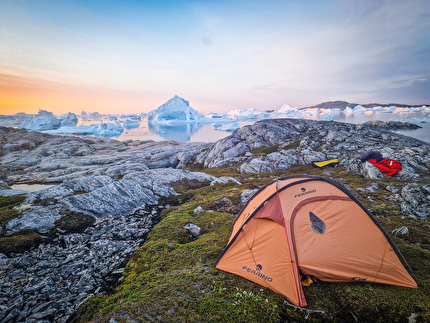
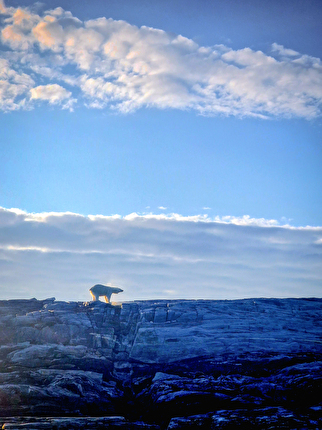
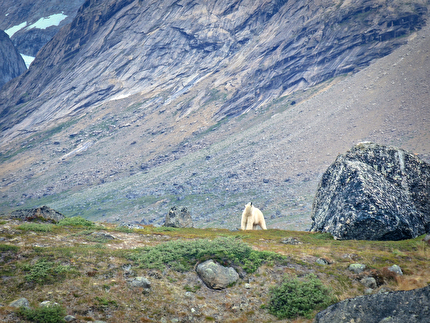
 See all photos
See all photos